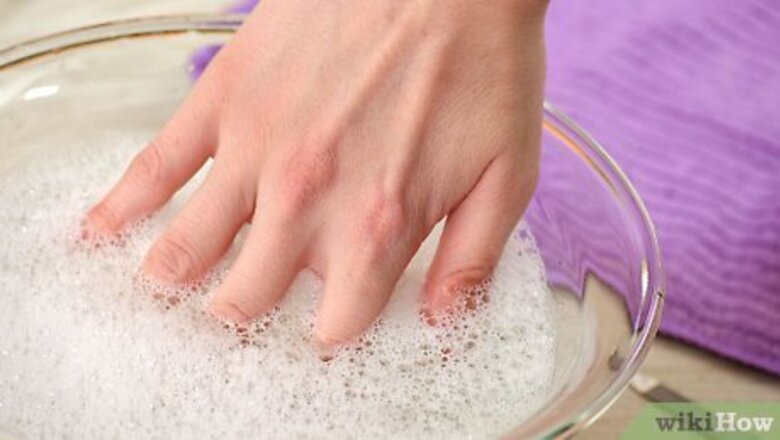
views
X
Research source
Loosening the Glue
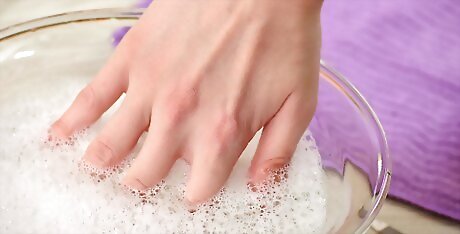
Soak your fingers in warm soapy water for 10 minutes. Fill a large bowl with warm, soapy water and set a timer for 10 minutes. Let your fingers sit in the bowl to soften the glue so it will be easier to remove. Make sure all of the glue stays completely submerged in the water. If you don't have a particularly thick layer of glue on your fingers and it hasn't been on for long, you may be able to completely remove it after soaking without doing anything else.Variations: Vinegar, rubbing alcohol, lemon juice, or mineral oil also help loosen super glue so you can remove it more easily.
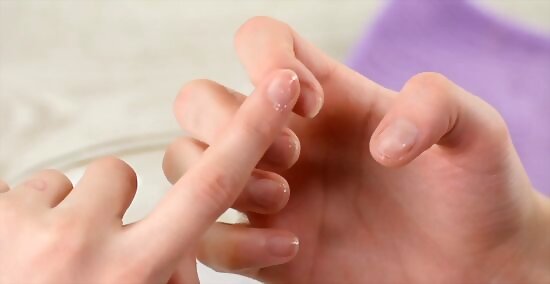
Rub your nails gently to help loosen the glue. While soaking your fingers, gently rub your nails with the tips of your fingers. Use a circular motion to help the glue release its bond with your fingernail. You shouldn't have to rub too hard. Scratching or picking at your nails could damage or weaken them.
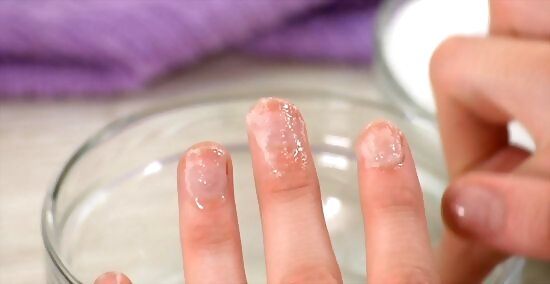
Make a poultice with coconut oil and baking soda if water doesn't work. If the glue still seems hard after soaking your nails in water, this poultice might do the trick. Mix equal parts coconut oil and baking soda and stir until they have a paste-like consistency. Rub the mixture onto your fingers and let it sit for at least 10 minutes. Wipe off the poultice after 10 minutes. You may be able to simply wipe off the glue at this point. You may want to heat the coconut oil in the microwave for a minute so that it's more liquid. That way it will mix more smoothly with the baking soda.
Getting the Glue off Your Nails
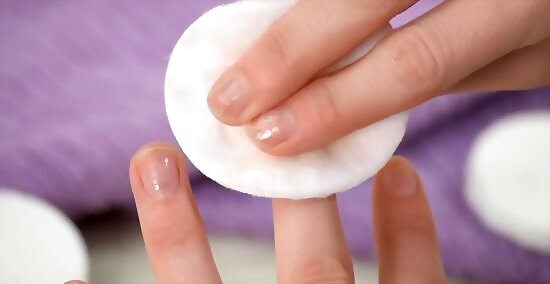
Swab the glue with nail polish remover. Acetone is the most effective for removing super glue from nails. Most nail polish removers contain acetone along with other ingredients. Use a cotton ball to soak the nail and rub the glue away. You can also use a cotton swab dipped in nail polish remover to get any glue under the nail or around the edges.Tip: If you have sensitive skin, spread a thin layer of petroleum jelly on the skin around your nails before using the acetone. It will keep the acetone off of your skin.

Make a salt and water paste to scrub off the glue if acetone doesn't work. Mix salt and water until they form a thick paste. Typically, it's easier to start with a small dish of salt and gradually add drops of water to the salt until you get the right consistency. Rub the paste on your nails using a circular motion. The salt will act as an abrasive to help remove the glue. It may take a minute or two of rubbing to get all the glue off, especially if you have a relatively thick layer.
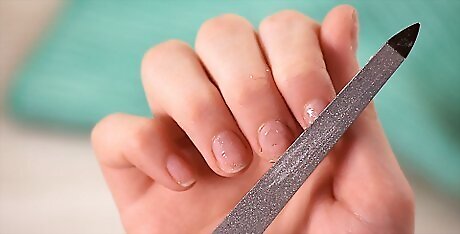
Use an emery board to sand off stubborn bits of glue that are left. After you've gotten off most of the glue with acetone or a scrub, simply take your emery board or nail file and file off any remaining glue that you weren't able to get off. At the same time, you can smooth the surface of your nails to improve their appearance or prepare them for a fresh coat of nail polish. Make sure your hands and nails are completely dry before using an emery board or nail file. Otherwise, you could damage your nails.
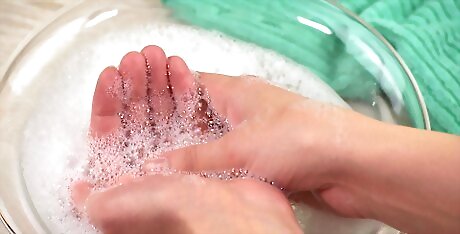
Wash your hands thoroughly after removing the glue. Acetone is flammable and also dehydrates your skin. For safety, wash your hands and fingernails in warm, soapy water to get any remnants of the solvent off your fingers. If your skin feels dry after using the acetone, you might also want to apply a moisturizing lotion.

















Comments
0 comment